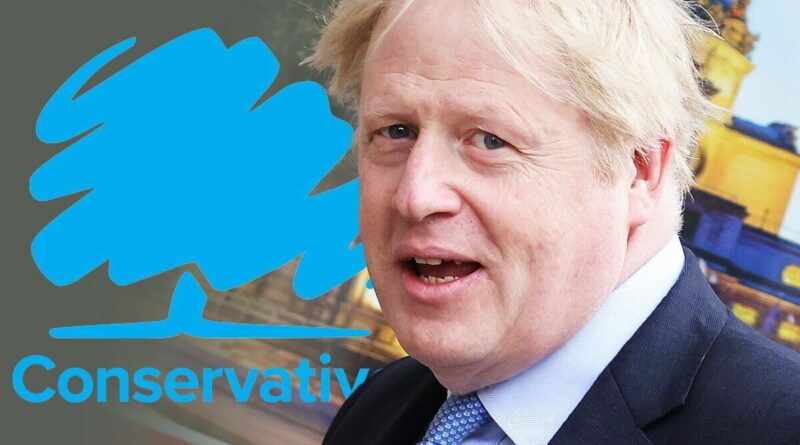Blue wall mapped: Where is the blue wall? How many councils do Tories control now?
Local elections not 'too shabby’ for PM says Kuenssberg
We use your sign-up to provide content in ways you’ve consented to and to improve our understanding of you. This may include adverts from us and 3rd parties based on our understanding. You can unsubscribe at any time. More info
On Thursday, Britons across England, Scotland and Wales stepped forward to submit their votes as part of the 2022 local elections. The polls were expected to be a stern test of the Conservative Party’s electoral support due to the ongoing partygate scandal, with Labour looking to reclaim councils it had lost in previous elections.
As of 3pm on Friday, May 6, the Conservatives have recorded losses with regards to both the number of councils and councillors they entered the local elections with.
Currently, they have secured 29 (-10) councils and 726 (-193) councillors in England.
North of the border in Scotland, they have won 130 (-34) councillors.
In comparison, their arch-rivals Labour have won 50 (+6) councils and 1,490 (+45) councillors.

Sir Keir Starmer’s party has also managed to take three symbolic London councils from the Tories, including Westminster, which had previously been under their control since 1964.
Where is the blue wall?
Coined after the 2019 general election, the term ‘blue wall’ describes a set of constituencies across the UK that had fallen under control of the Tories.
As the inverse to Labour’s ‘red wall’ it became politically popular as many of these areas had long been held by the Labour Party.

Across a map of the UK, the blue wall stretched from Wales all the way to northern England.
Final results have yet to be counted, but the early signs are that Labour, while making gains in the south of England, has struggled further north in the country.
The Tories, for example, across the Midlands have secured control of councils in Walsall, Dudley, Tamworth and Solihull.
While Labour has won through as the majority party in Chorley, Wigan, Manchester and Oldham in Lancashire.
DON’T MISS:
Lib Dems tease Boris after snatching Tory seats in Eastleigh [INSIGHT]
Boris issues stark local election warning after Brits cast verdict [ANALYSIS]
Tourist causes hysterics after calling London Underground ‘confusing’ [NEWS]

Prime Minister Boris Johnson conceded the Tories had suffered during the local elections but insisted results had thrown up a “mixed” bag.
He said: “We had a tough night in some parts of the country, but on the other hand, in other parts of the country you are still seeing Conservatives going forward and making quite remarkable gains in places that haven’t voted Conservative for a long time, if ever.”
Meanwhile, Labour leader Sir Keir Starmer has proclaimed the results as a “big turning point” for his party.
The 59-year-old added: “We’ve sent a message to the Prime Minister: Britain deserves better”.
Once all results have been counted, they will provide the clearest picture, since 2019, of the national mood heading into the next general election in May 2024.
In England alone, more than 4,350 seats were put up for re-election on Thursday, while 32 and 22 councils were voted for in Scotland and Wales respectively.
Local elections are designed to give voters the power to decide who will be responsible in their local area for planning issues, housing and rubbish collections.
They will also have input on national matters such as the cost of living crisis and the Government’s response to the Russian invasion of Ukraine.
Source: Read Full Article

